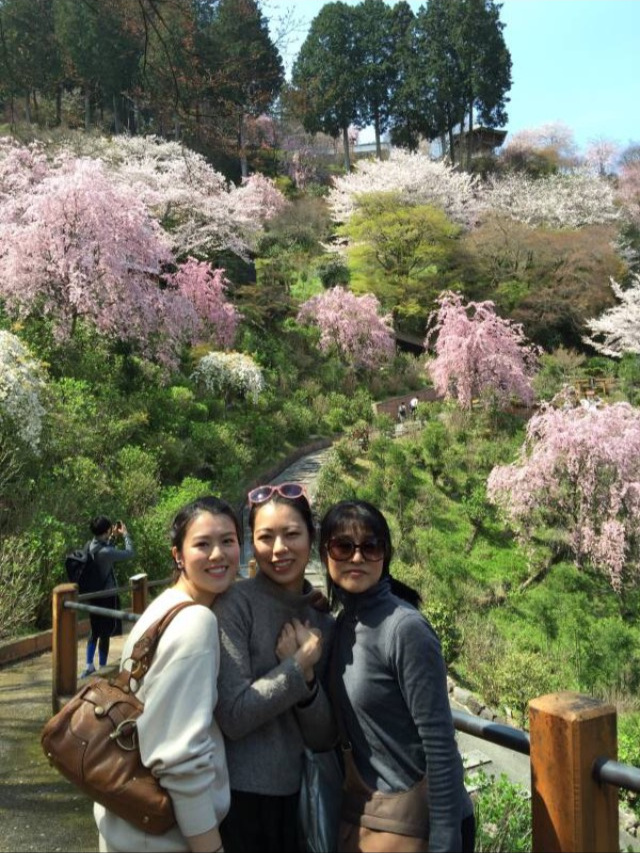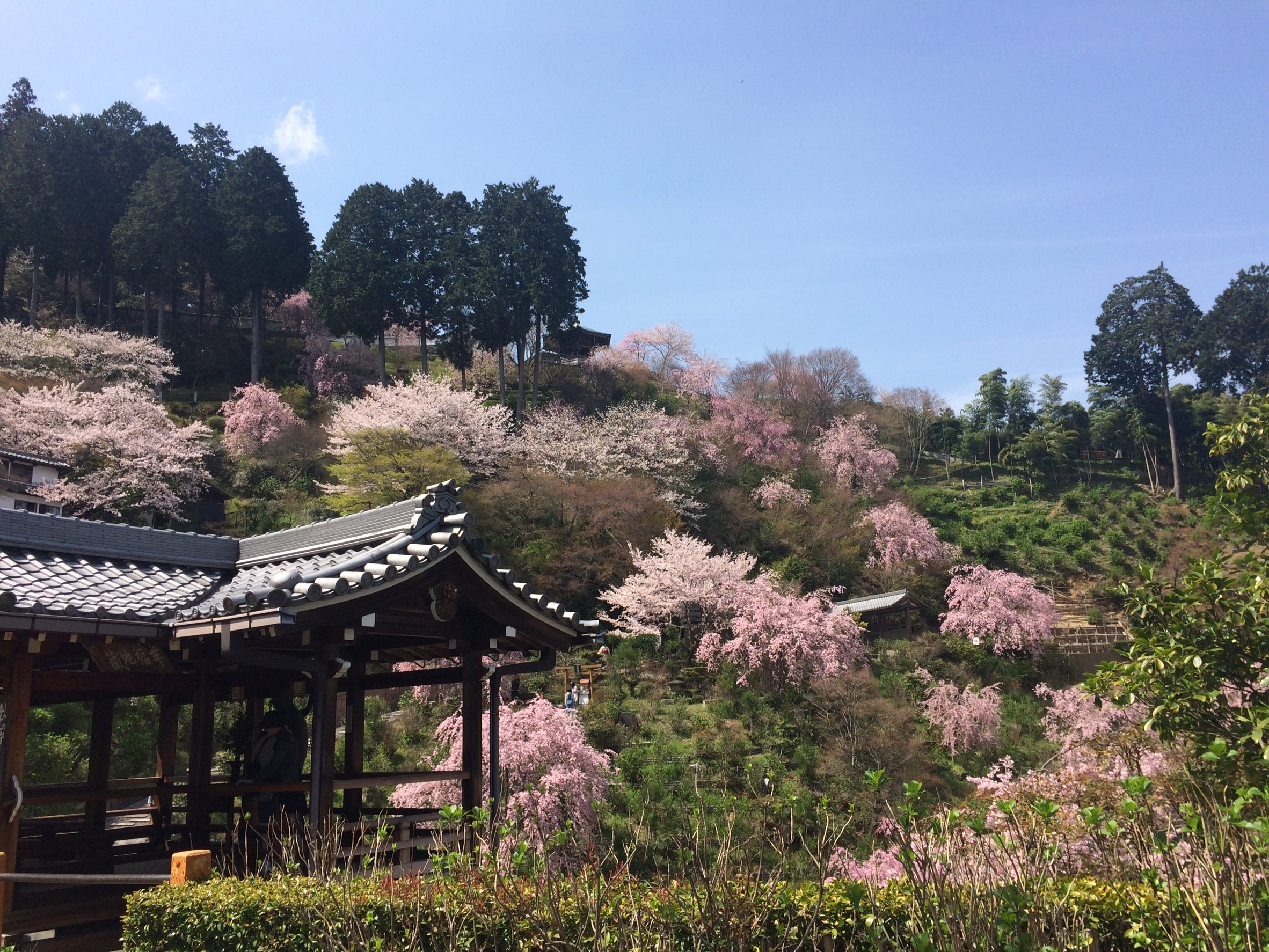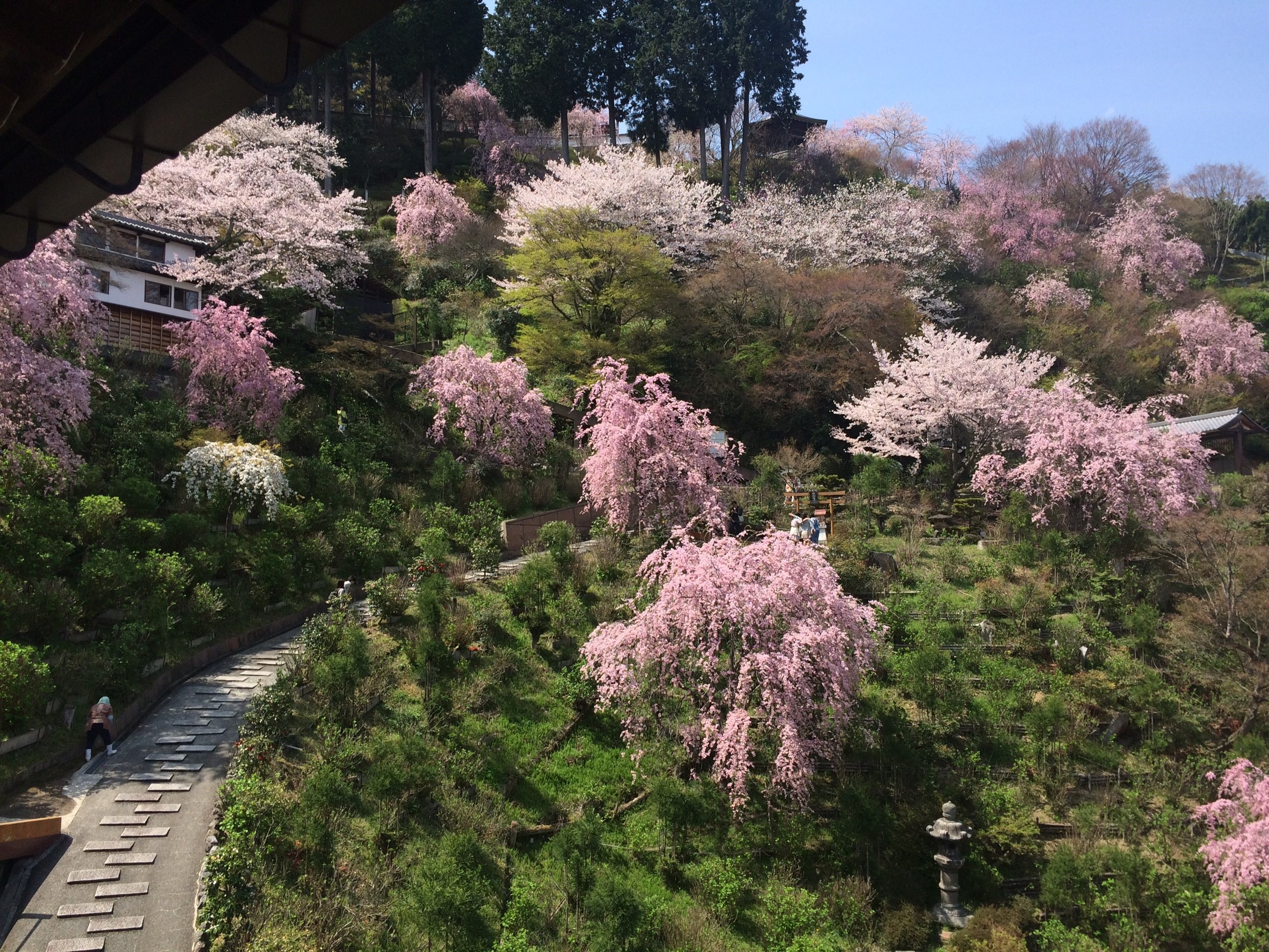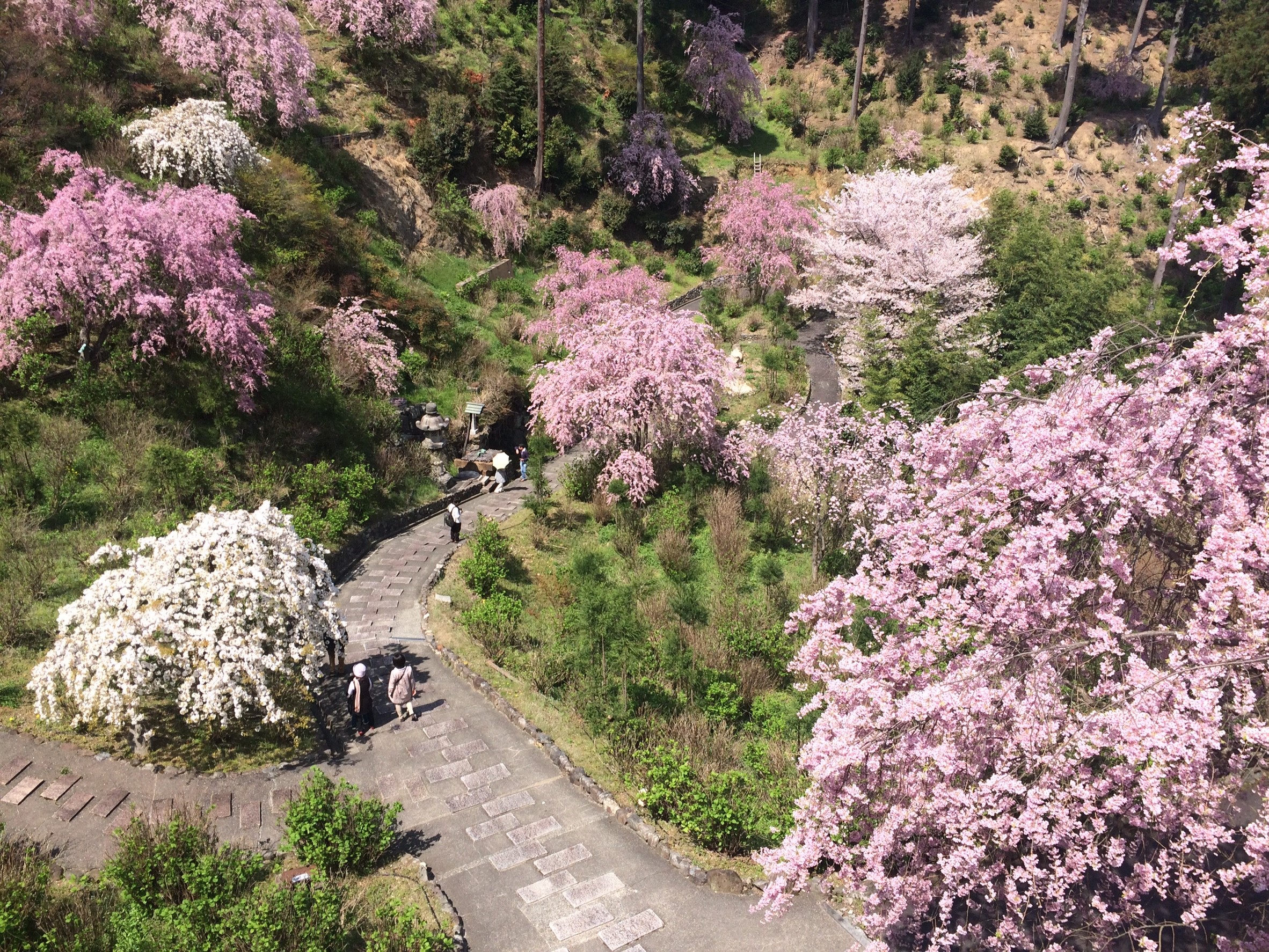Embracing the Blooming Season
Graphic Design: Krizia Angelina
Spring means many things to many people. For some, spring means a new beginning; the promise that everything can begin again. For others, spring means the end of the dark and cold season, when newly built nests filled with Robin eggs start decorating the trees and seeds are ready to be planted. In Japan, spring means that it is time for hanami.
The tradition of hanami (花見) is centuries old, said to have started during the Nara period (710-794) as plum (ume) blossoms viewing, which then developed into flower-viewing parties and poem writings to praise the flowers during the Heian period (794-1185). Today, hanami is widely known as cherry (sakura) blossoms viewing and attracts the Japanese and non-Japanese alike, including Indonesian tourists and diaspora in Japan who are competing to get the best hanami spot and picture.
Speaking to Rio Asada, a Japanese English teacher who enjoys walking around in nature and watching different flowers in different seasons, INADIS researcher Kanya Damarçanti tried to understand what hanami is in the eyes of a Japanese.
Rio explained that hanami is almost always interpreted as “cherry blossoms” viewing even though “hana” actually means “flowers”.
“Japanese people love to watch flowers in every season. For example, during this time in April, we usually watch cherry blossoms. In February and March, we can see plum blossoms. In June, which is the rainy season, we watch hydrangeas, and in autumn we can see cosmos. However, usually when you say ‘hanami’, people will understand it as talking about cherry blossoms.”
According to Rio, common people have celebrated hanami as early as the Edo period (1603-1868). “My parents’ generation, my grandparents’, my great grandparents’; Japanese people have been doing hanami since many years ago.”
Hanami marks the start of a new season. It also falls in April, which is around the same time of the start of the new term for school or work in Japan. So for Rio, the sight of cherry blossoms means a new year or a beginning where she can start something new.
For her, going hanami is more than preserving Japanese culture and watching flowers. Hanami for Rio is “a tradition that allows me to get together and spend time with my family, friends, or colleagues whilst enjoying food and drinks outside, and at the same time, watching cherry blossoms”. If she goes hanami with friends or colleagues, they will plan something such as playing games or cards, but if she goes with her family, they will talk, eat home-cooked meals under the cherry trees, and watch the flowers.
Whomever she goes hanami with, Rio said that she will expect to eat good food with them. People will bring food and drinks, and adults will drink sake. Supermarkets and department stores will sell hanami bento with seasonal ingredients, so there will be plenty of choices on what to eat. However, when she goes hanami with her family, her mother will make her own bento boxes with egg rolls, karaage (fried chicken), and onigiri (rice balls). Rio mentioned, “There is a saying, ‘Dumplings over flowers,’ because during this time there are people who are more looking forward toward food than the flowers.”




When asked about her favourite place to go hanami, Rio answered Kyoto. “I love Kyoto. There is a place in Kyoto called Yoshimine-dera that has many cherry blossoms. I went there a couple of years ago with my family. We didn’t really eat there because it’s inside a temple, so we just walked around inside. I like walking along there. The atmosphere is really peaceful and beautiful.”
Rio realised that hanami has attracted many foreign tourists to visit Japan, which she admitted as a good thing for the economy. She also feels great that people are becoming interested in Japanese culture and admiring the beautiful flowers. But at the same time, she worries that tourists will destroy the flowers, “There are some people who don't know how to behave. They try to climb the cherry trees or throw away trash everywhere. It’s sad because they’re actually killing the environment.”
Rio stated that trash is the biggest problem during hanami. “We Japanese people don't just throw away trash on the street. We clean them up, especially during hanami season because there are more people and food stalls outside, so we have to be careful on how to take care of our trash. But some tourists just don't know how to take care of their trash.”
The second problem is how people treat the trees. “For Japanese people, trees are something to watch and enjoy, not something you can touch or climb or pick flowers from. It’s okay to smell the flowers, but don't pick or even touch them as cherry blossoms are quite fragile.”
Rio emphasised that Japanese people believe that gods are everywhere, including in stones, rivers, and flowers. So they have to treat trees and flowers respectively. For them, picking cherry blossoms, or any flowers, is disrespectful and killing the plants.
“I understand that for some people it’s okay to pick flowers; they just have a different culture than ours. But I think that when non-Japanese people want to go hanami, they have to learn or be informed of at least a bit of Japanese culture, like what actually hanami is, how we treat trees and flowers, and so on. It’s like ‘When in Rome, do as the Romans do’. If you can’t respect flowers, you shouldn’t go hanami, because if you destroy the blossoms there won’t be anything left to see.”
Her last concern is that the young generation in Japan is not interested in culture anymore. “Take hanami for example. Nowadays people go hanami only to meet people and get drunk and take selfies. People don't really care or understand why this tradition exists in the first place. It’s sad because we have started forgetting our culture and roots. I just hope that it’s not dying.”
